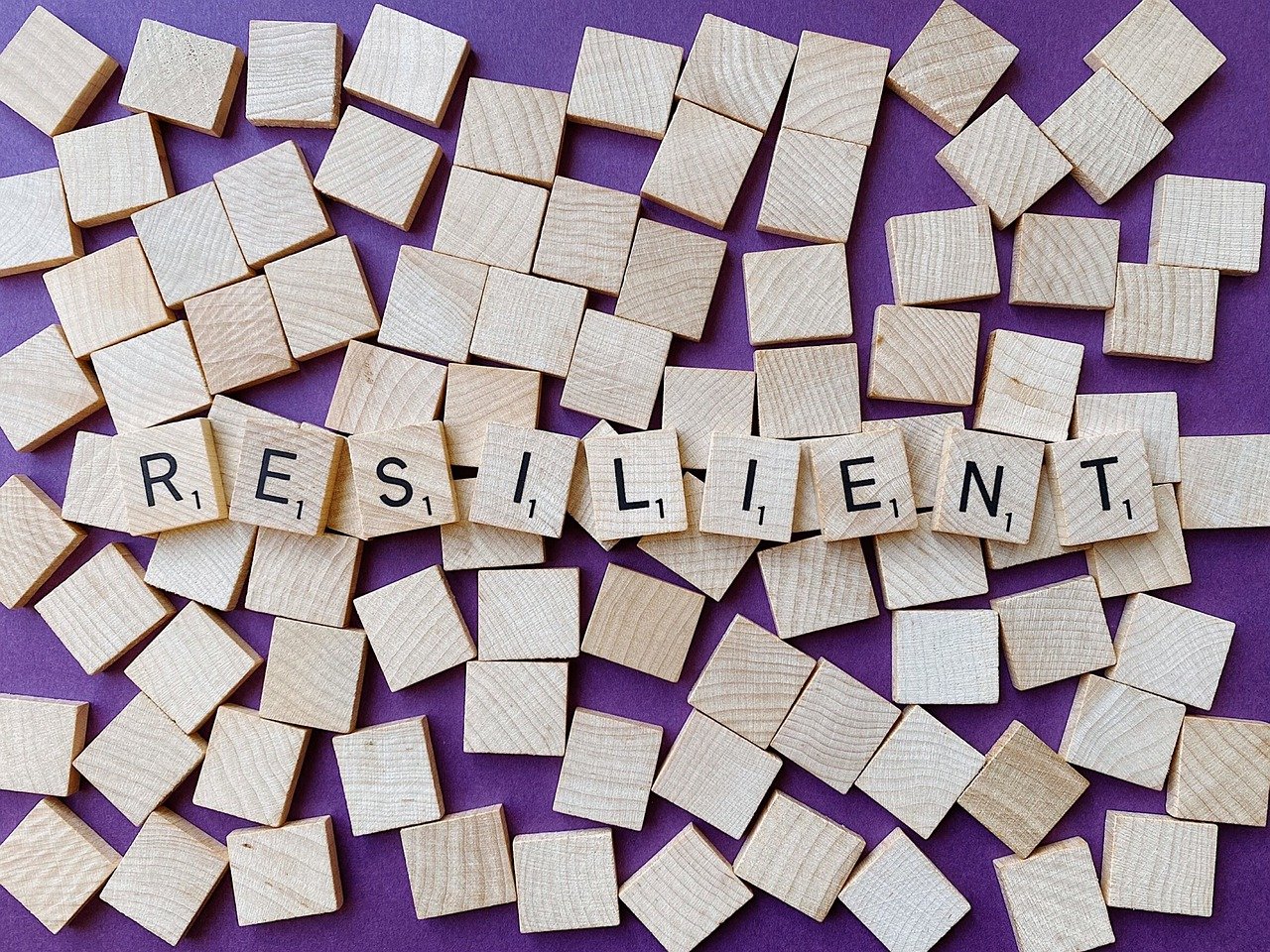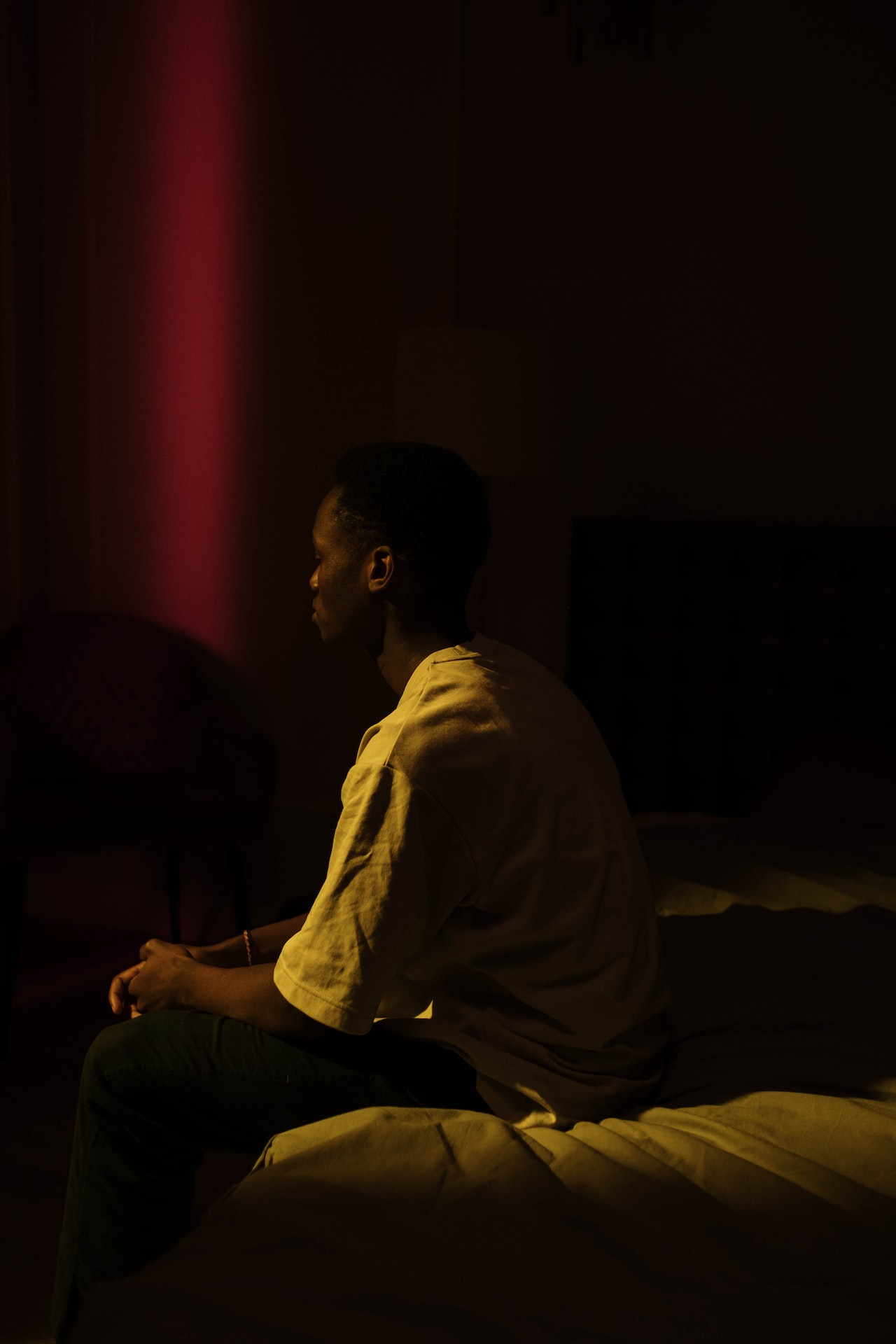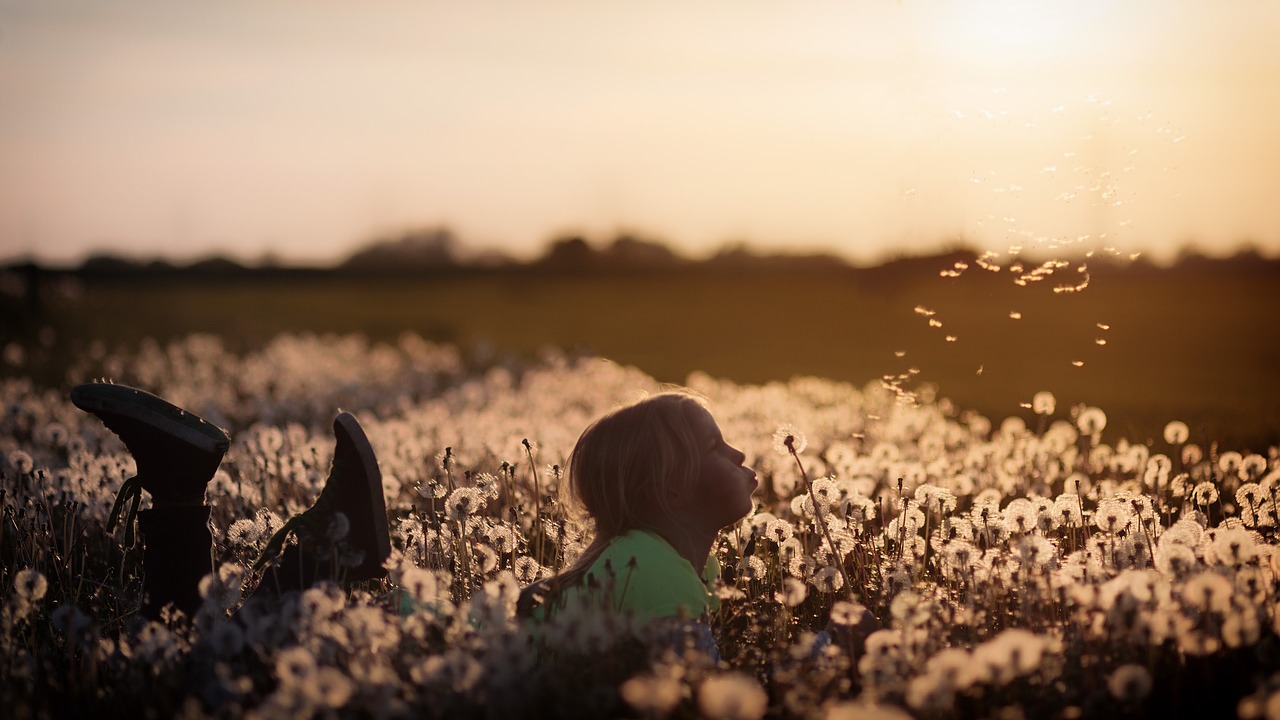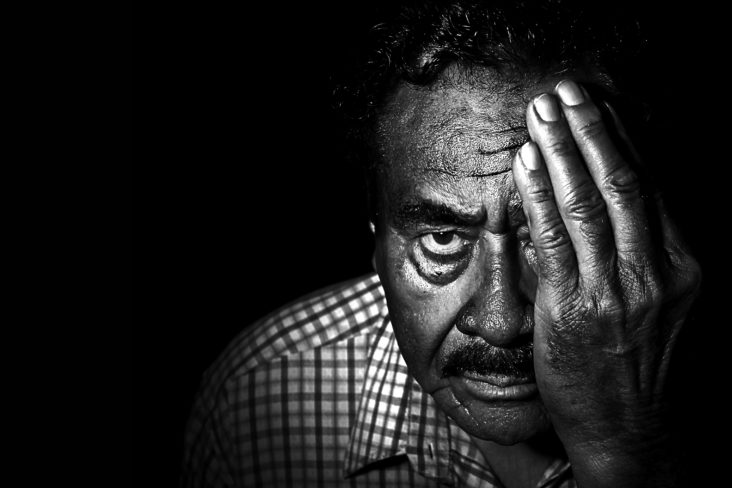-
Online Therapy and Internet Counseling
The emergence of online therapy and phone therapy has revolutionized the way counseling is performed.
-
Hoarding and OCD
There is a difference between people who have collections of items and those who have accumulated so much that their possessions have literally taken over their home or yard. When a person’s life begins to be so affected by their items that they can no longer safely live in their home or they aren’t able to give up even a tiny portion of their collection, they’ve crossed over into the realm of hoarding.
-
LGBT Anxiety
Despite recent acceptance, people who identify as lesbian, gay, bisexual, or transgender still face a number of social stigmas and discrimination. It’s no wonder that this can lead to stress and anxiety for those in the LGBT community.
-
Obsessive-Compulsiveness in New Mothers
Many things can cause or increase your risk of developing OCD, such as family history and biological changes like the ones most women experience with childbirth.
-
Resilience Training

Resilience training can be used to minimize negative thoughts and help you learn ways to bounce back effectively from life’s setbacks.
-
Insomnia and Anxiety/Depression

Research has shown that Cognitive Behavioral Therapy has longer-lasting, more sustainable effects on insomnia and depression. This is because it teaches you a skill set that you can use for the rest of your life.
-
How to Beat the Post-Holiday Blues

Even though many people greet the new year with excitement, there are also many who find themselves suffering from the post-holiday blues. Here are some tips to help you beat depression after the holidays.
-
Children and the Benefits of Mindfulness Training

These days, children often have stressors that come at them from all directions. Schools are sending more homework and projects home with children, kids are busy after school with extra-curricular sports and activities, and there are video games, social media, and cell phones all competing for their attention. In addition, they may have to deal with being picked on at school or may be coping with the pressures of divorcing parents or the arrival of a new sibling in the home. With all that kids have to contend with, it’s no wonder that children who engage in mindfulness exercises tend to be happier kids who are more able to self-regulate and calm themselves during periods of stress.
-
Mood Disorders: Bipolar Disorder

We’ve all had “those days” at work or at home – days when we feel exhausted, irritable, or out of sorts and when nothing seems to go our way. Conversely, we’ve all also experienced days when we are chock full of energy, when we feel like we can take on the world, when ideas seems to flow effortlessly, and we feel joyful and optimistic. For most of us, those feelings of the “blues” or of being happy will ebb and flow from one day to another and they don’t really change our daily lives. But, for people with bipolar disorder (also known as manic depression), the swings between emotional highs and lows are chronic and can fluctuate broadly from extreme euphoria, overconfidence, and boundless energy, to the other end of the spectrum and despair, anger, and deep depression. People can also experience a mixture of the two extremes.
-
Loneliness: A Public Health Concern?

Loneliness is an emotion that can be difficult to pin down because it often means different things to different people. It can be a perception of isolation because we feel that we aren’t being heard and valued. It can be caused by feeling that there is no one we can turn to for emotional support. Also, in many instances, a lonely person is actually physically alone through the loss of a spouse or loved one. Regardless of how we define loneliness, however, researchers have concluded that feeling so alone can affect not just our mental and emotional well being, but our physical health, as well. And, they are finding that loneliness can be as contagious as a virus.